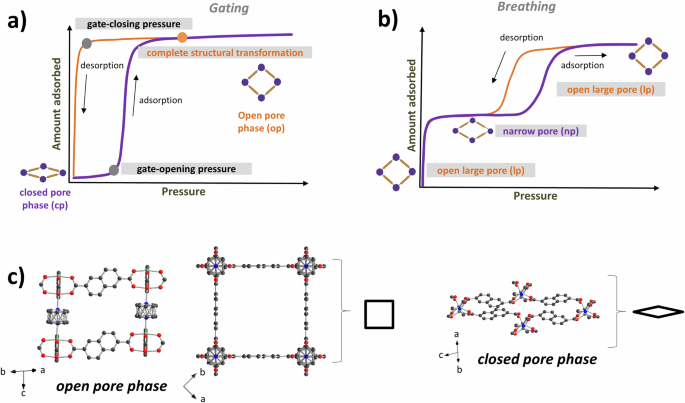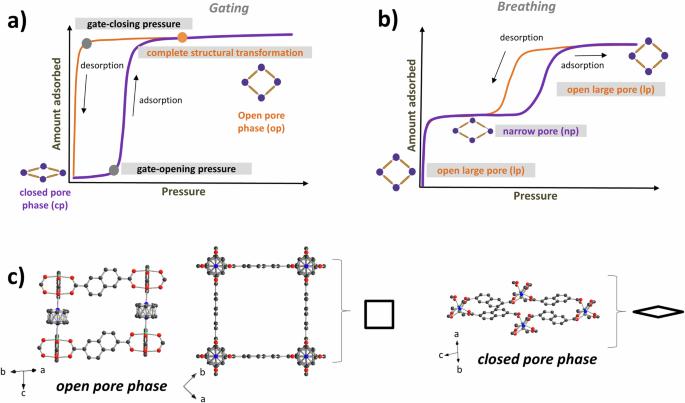可切换多孔框架材料的逻辑和象征意义
IF 7.5
Q1 MATERIALS SCIENCE, MULTIDISCIPLINARY
引用次数: 0
摘要
金属有机框架(MOFs)是由有机连接体和无机节点组成的高多孔材料。MOFs 的一个子集至少可以在两种孔隙率差异显著的结构之间切换,为应用技术提供了新的机遇。然而,网络拓扑结构、构件及其铰链的微观力学、颗粒大小、缺陷、团聚等因素都会影响系统的响应能力。许多因素都是材料历史的结果,包括合成、脱溶和所有后续处理步骤,从而导致各种因素之间复杂的相互作用,难以用普通语言系统、化学或数学符号清楚表达而又不失直观理解。在这里,我们提出了一种合理化可转换性的符号语言,强调了许多动态框架及其刺激诱导的相变的历史依赖反应性。该系统遵循二价逻辑,其灵感来自弗雷格的 "Begriffsschrift",为语句的合理化和逻辑门的表示提供了基本的逻辑结构。本文章由计算机程序翻译,如有差异,请以英文原文为准。


Logic and symbolism of switchable porous framework materials
Metal-organic frameworks (MOFs) are highly porous materials composed of organic linkers and inorganic nodes. A subset of MOFs can switch between at least two structures differing significantly in porosity, offering new opportunities for application technologies. However, network topology, micromechanics of building blocks and their hinges, particle size, defects, agglomeration etc., are convoluted into the responsiveness of the system. Many factors are a consequence of the material’s history, including synthesis, desolvation, and all subsequent handling steps, leading to a complex interplay of factors difficult to express clearly by ordinary language systems, chemical or mathematical symbols without loss of intuitive understanding. Here, we propose a symbolic language for the rationalization of switchability emphasizing the history-dependent responsivity of many dynamic frameworks and their stimuli-induced phase transitions. The system follows a bivalent logic inspired by Freges “Begriffsschrift”, providing a fundamental logic structure for the rationalization of statements and representation of logic gates. Switchability of metal-organic frameworks is influenced by the complex interplay of factors that are difficult to retrace. Here, a symbolic language of switchability is proposed, providing a fundamental logic structure for the rationalization of statements and representation of logic gates.
求助全文
通过发布文献求助,成功后即可免费获取论文全文。
去求助
来源期刊

Communications Materials
MATERIALS SCIENCE, MULTIDISCIPLINARY-
CiteScore
12.10
自引率
1.30%
发文量
85
审稿时长
17 weeks
期刊介绍:
Communications Materials, a selective open access journal within Nature Portfolio, is dedicated to publishing top-tier research, reviews, and commentary across all facets of materials science. The journal showcases significant advancements in specialized research areas, encompassing both fundamental and applied studies. Serving as an open access option for materials sciences, Communications Materials applies less stringent criteria for impact and significance compared to Nature-branded journals, including Nature Communications.
 求助内容:
求助内容: 应助结果提醒方式:
应助结果提醒方式:


